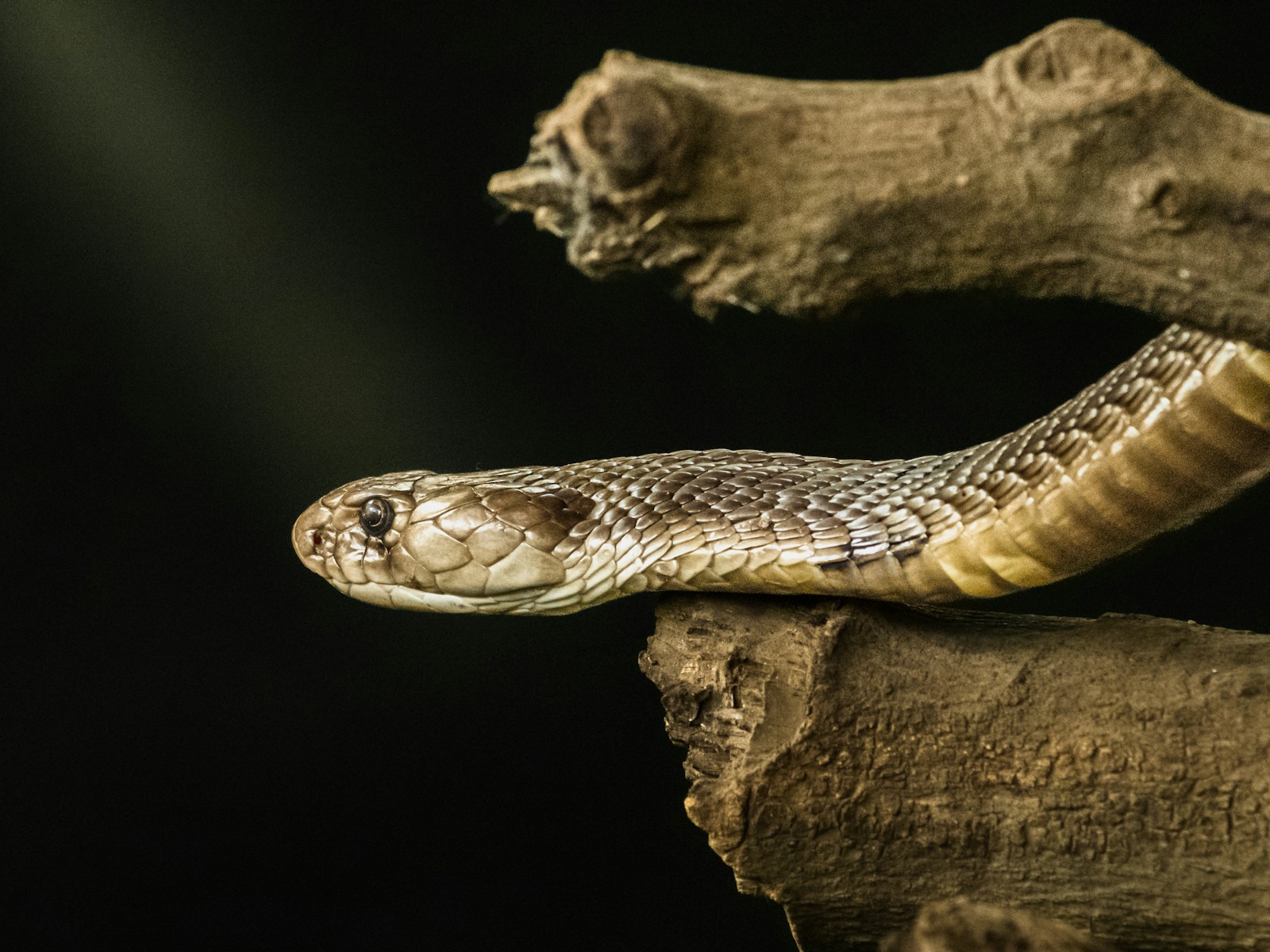Snakes, with over 3,000 species worldwide, have evolved a remarkable diversity of head shapes that often reflect their ecological niches and hunting strategies. From the triangular heads of vipers to the slender profiles of tree snakes, these specialized morphologies represent fascinating adaptations to environmental challenges. Head shape in snakes isn’t simply a matter of appearance—it’s deeply connected to feeding mechanisms, defensive strategies, and locomotion methods. This article explores how different habitats have influenced the evolution of snake head morphology, revealing the intricate relationship between form and function in these remarkable reptiles.
The Evolutionary Significance of Snake Head Morphology

Snake head shape represents one of the most visible examples of adaptive radiation in vertebrates, with different forms evolving to match specific ecological demands. This morphological diversity emerged over millions of years as snakes colonized virtually every habitat type except the polar regions. The head of a snake houses critical sensory organs, venom delivery systems, and feeding apparatus—making it a focal point for natural selection. Perhaps most remarkably, the extreme variation in head shapes we observe today evolved from a common ancestral form, demonstrating how powerful selective pressures can generate specialized adaptations. These variations aren’t random but instead represent finely-tuned solutions to the challenges of survival in specific environments.
Triangular Heads: The Viper Adaptation
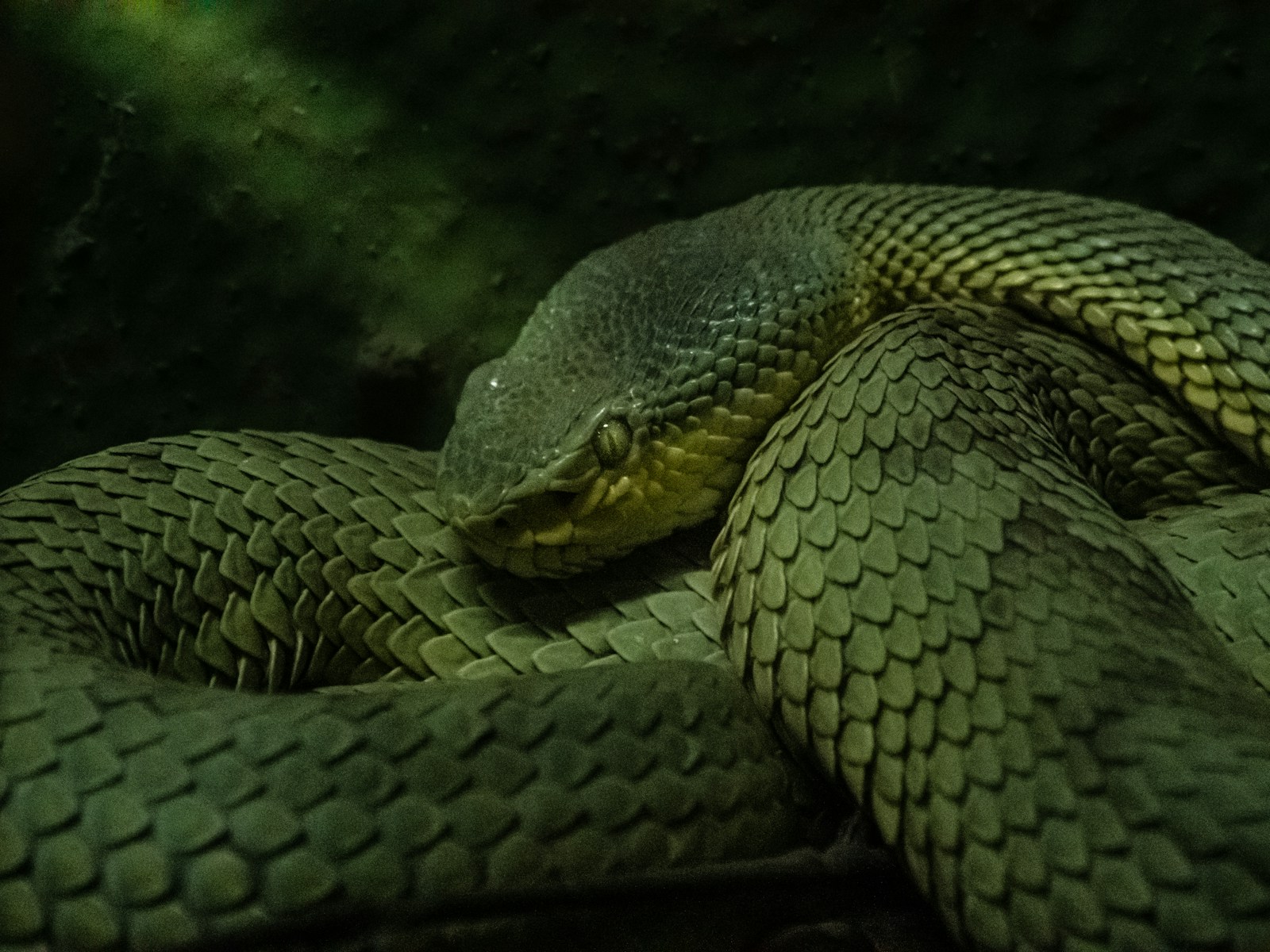
The iconic triangular head shape seen in vipers, rattlesnakes, and other pit vipers represents one of the most distinctive snake morphologies. This broad, often heart-shaped head houses large venom glands behind the eyes, creating the characteristic widened appearance. The expansion of these glands correlates directly with the snake’s reliance on venom for hunting and self-defense. Beyond venom storage, the triangular shape accommodates specialized heat-sensing pit organs that allow these snakes to detect warm-blooded prey with remarkable precision. Even more fascinating, this head shape has evolved independently in multiple lineages—a classic example of convergent evolution where similar environmental pressures produce similar adaptations. Many non-venomous species have even evolved mimicry of this triangular shape as a defensive strategy, demonstrating its effectiveness as a warning signal.
Streamlined Heads in Aquatic Environments
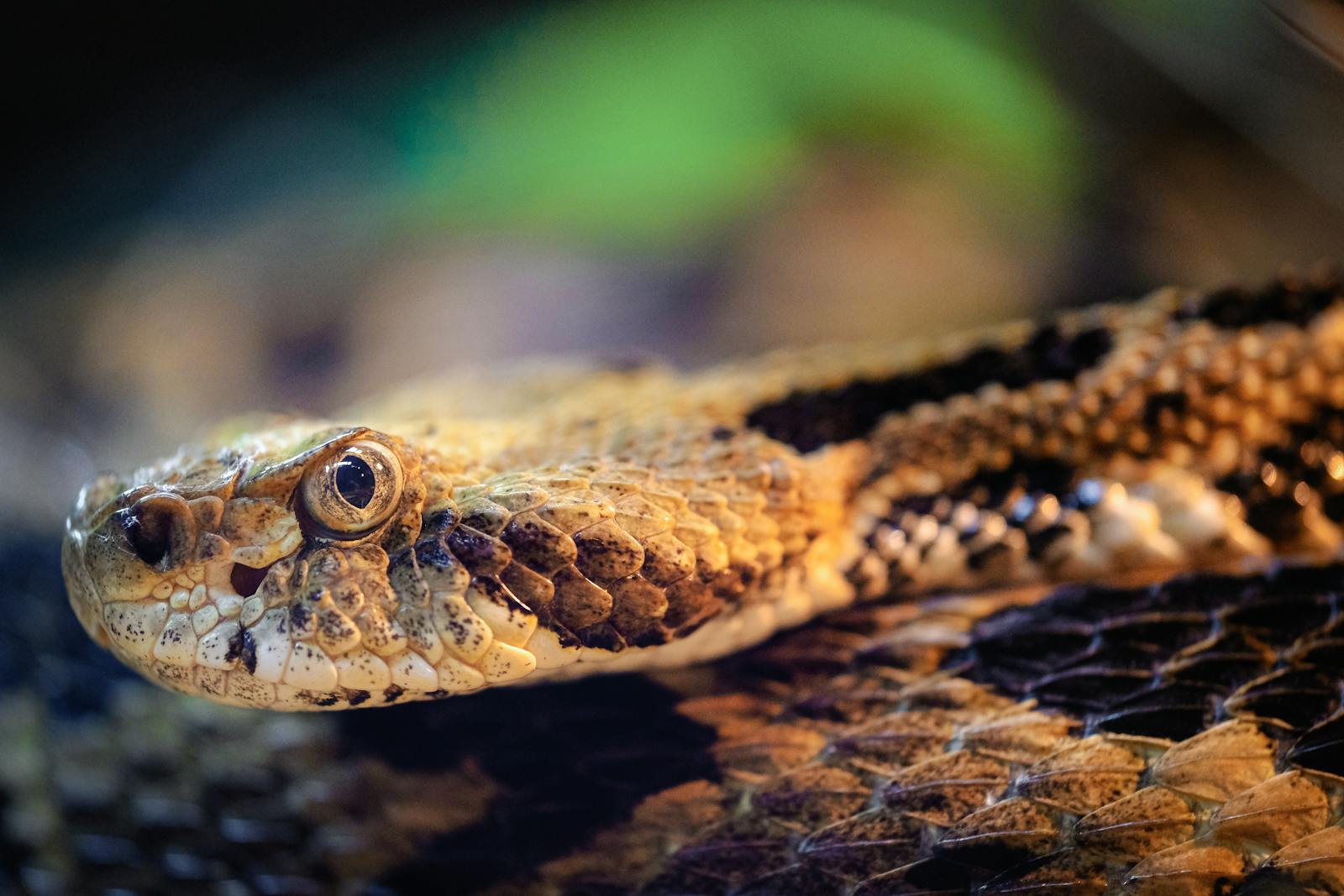
Aquatic and semi-aquatic snakes typically display streamlined, hydrodynamic head shapes that minimize water resistance during swimming. Sea snakes and water snakes often feature narrow, elongated heads with nostrils positioned high on the snout, allowing them to breathe while keeping most of their body submerged. This adaptation reduces energy expenditure during swimming and improves hunting efficiency in aquatic environments. The flattened head profile of many water snakes also enhances their ability to slide through dense aquatic vegetation without becoming entangled. Additionally, some aquatic species have evolved specialized scale arrangements around the mouth that create a tight seal, preventing water intake during prey manipulation underwater. These adaptations collectively showcase how aquatic habitats have shaped head morphology for optimized swimming performance.
Burrowing Specialists: Shovel-Shaped Heads
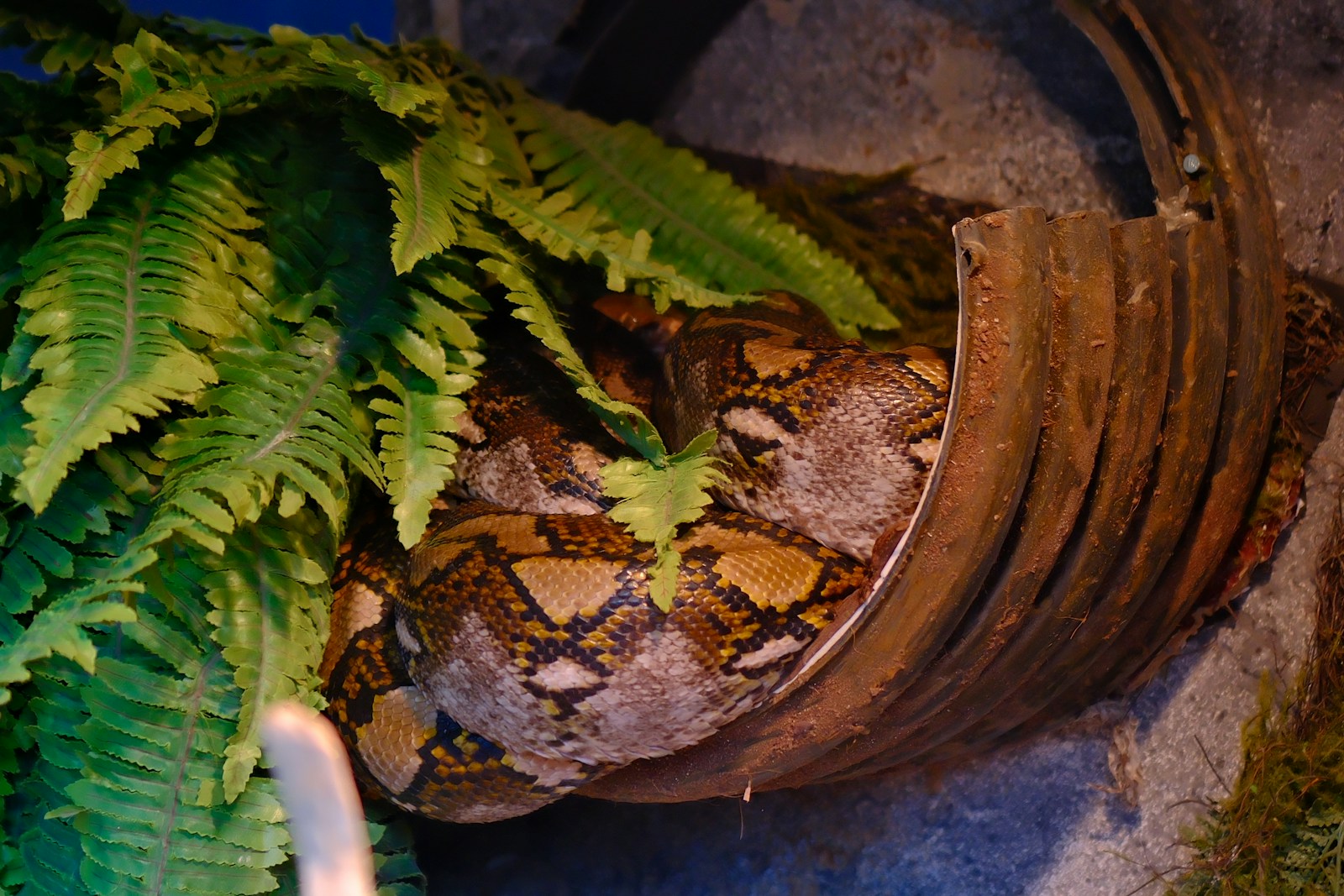
Snakes that spend significant time underground often possess specialized shovel-shaped or reinforced heads adapted for soil penetration. Species like shield-nosed snakes and blind snakes have developed hardened scales on their rostral (nose) region that function as digging implements for moving through substrate. Their heads typically feature a rounded, sometimes pointed profile that parts soil with minimal resistance, similar to how a plow moves through earth. The eyes of these burrowing specialists are often reduced in size or covered by scales, protecting them from soil particles while underground. Perhaps most impressive is how the entire skull architecture in these species has been reinforced to withstand the mechanical stress of pushing through compacted soil and sand. This suite of adaptations allows these snakes to exploit subterranean habitats rich in prey like earthworms and insect larvae.
Arboreal Specialists: The Long and Slender Design
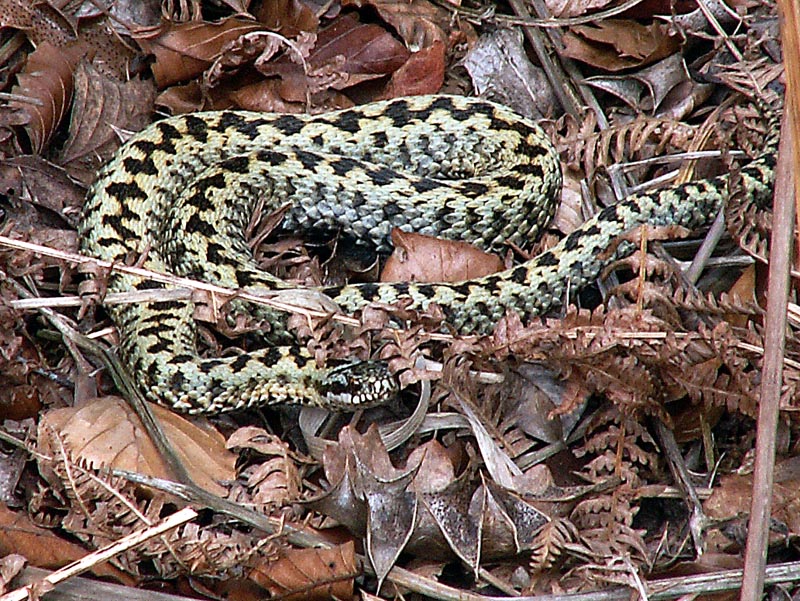
Tree-dwelling snakes exhibit strikingly elongated heads with pronounced snouts that complement their overall slender body form. This design allows for precise targeting of prey on branches and improved depth perception in the complex three-dimensional environment of forest canopies. Many arboreal species possess distinctly binocular vision with forward-facing eyes that provide enhanced depth perception—crucial for judging distances when striking from branches. The vine snakes of Asia and the Americas represent extreme examples, with needle-like snouts and extraordinarily elongated heads that may exceed three times the width in length. This specialized head shape also contributes to the remarkable camouflage these snakes achieve, as their profiles mimic twigs or vines when held in typical striking posture. The entire morphology represents a specialized adaptation to the challenges of hunting, moving, and avoiding predators in an above-ground habitat.
Desert Adaptations: Sand-Diving Head Structures
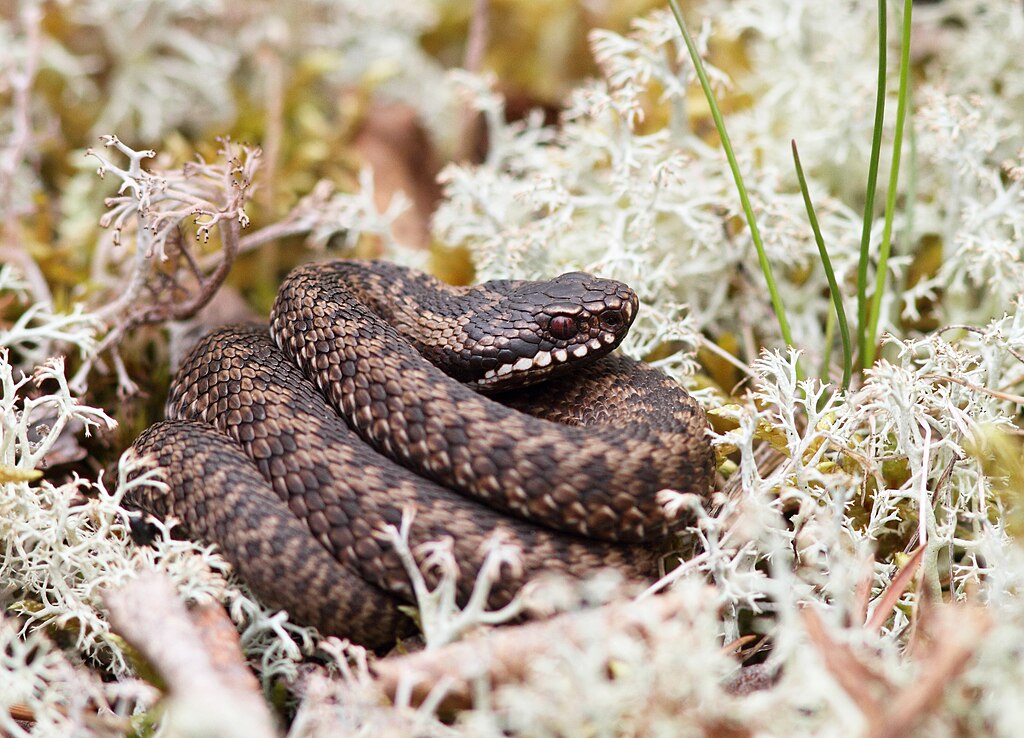
Desert-dwelling snakes have evolved specialized head shapes that facilitate movement through loose sand and protect sensitive organs from abrasive particles. Many sand-dwelling vipers possess scales arranged in a distinctive shovel-like formation on their snouts, allowing them to “swim” through sand with remarkable efficiency. The horn-like projections seen on some species, such as the horned viper, may serve multiple functions—from preventing sand from entering the nostrils to providing camouflage among the irregular desert terrain. Beyond these physical features, desert snake heads often incorporate specialized respiratory adaptations that minimize water loss while breathing in extremely arid conditions. Perhaps most remarkable is how these specialized head structures enable behaviors like side-winding and sand-diving that would be impossible with different head morphologies.
Egg-Eating Specialists: Hinged Jaws and Flexible Skulls

Some snakes have evolved head adaptations specifically for consuming eggs, showcasing how diet can drive extreme morphological specialization. The African egg-eating snake possesses perhaps the most dramatic adaptation—a head that appears disproportionately small but contains a remarkably flexible skull capable of engulfing eggs several times larger than the snake’s head. This specialized feeding apparatus includes reduced teeth and modified vertebral projections that crack eggs internally after swallowing. The jaw articulation in these specialists allows for extreme distension, with specialized muscles and ligaments that recover the original head shape after feeding. Even more fascinating is the presence of specialized gullet projections that puncture the eggshell internally, allowing the snake to expel the empty shell while retaining the nutritious contents. This remarkable specialization demonstrates how head morphology can evolve to exploit a specific food resource unavailable to competitors.
Senses and Head Shape: Vision Adaptations
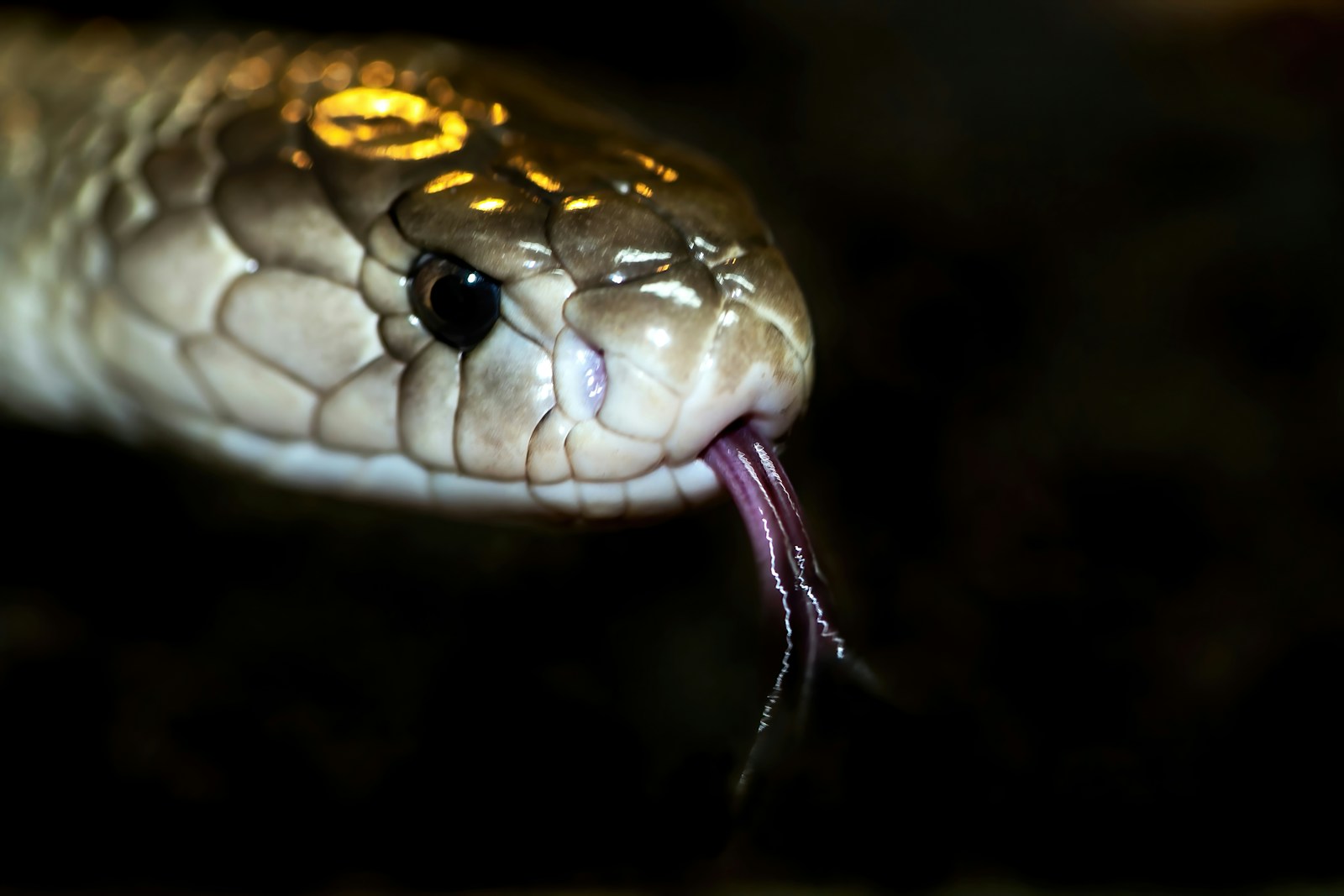
The positioning and size of eyes on a snake’s head directly correlate with habitat preferences and hunting strategies. Arboreal species typically possess large, forward-facing eyes that provide enhanced depth perception essential for judging distances between branches. In contrast, burrowing species often have reduced eyes positioned on top of the head or even covered by transparent scales, protecting this delicate organ while still allowing limited light detection. Nocturnal hunters frequently display enlarged eyes with specialized pupil shapes that maximize light gathering in low-illumination environments. The relationship between eye position and hunting method is particularly evident in ambush predators, which often have eyes positioned high on the head, allowing them to remain concealed with minimal exposure while scanning for potential prey.
Chemical Sensing and Head Morphology
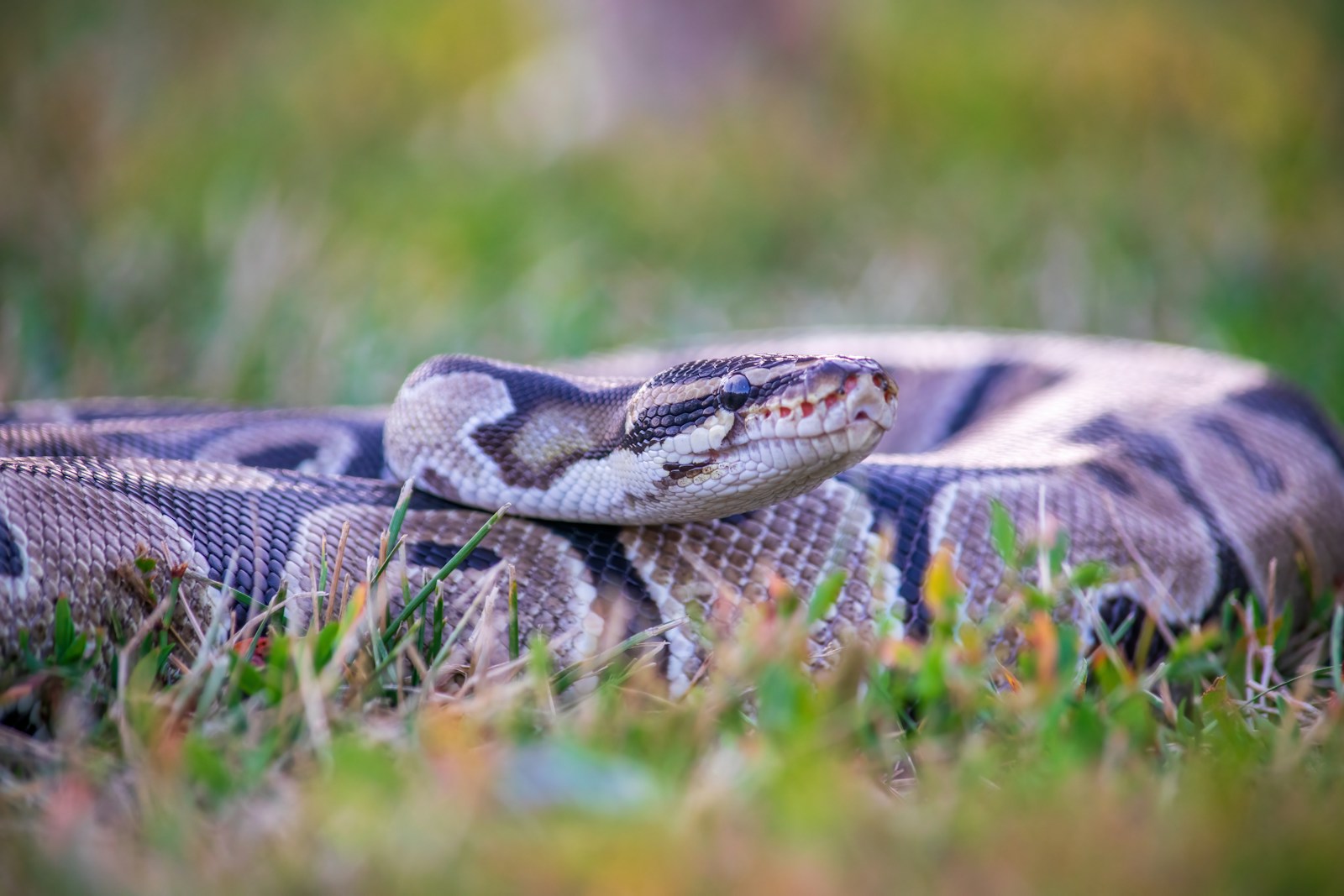
The vomeronasal organ (Jacobson’s organ) represents a critical chemosensory system in snakes, and head shape has evolved to optimize its function across different habitats. This specialized organ opens into the roof of the mouth and detects chemical particles collected by the forked tongue when flicked. The tongue shape itself varies significantly between species, with those inhabiting different environments showing adaptations for optimal chemical sampling. Desert-dwelling species often possess longer tongues that can sample air further from the body, reducing exposure to extreme surface temperatures. Aquatic species have evolved specialized tongue-flicking behaviors that work effectively at the water-air interface, demonstrating how this sensory system adapts to environmental constraints. The entire architecture of the snake’s head, including nasal passages and tongue sheath, has co-evolved to enhance this remarkable chemical detection system that compensates for their limited hearing ability.
Defensive Head Displays and Shapes
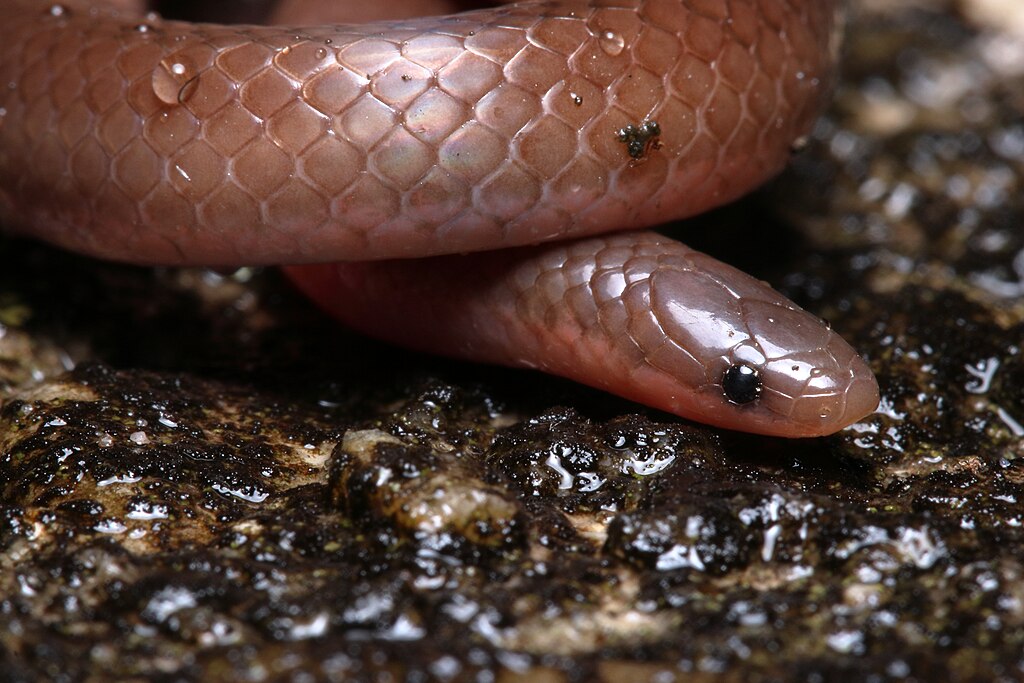
Many snakes use their head shape as part of elaborate defensive displays that deter potential predators without requiring physical confrontation. The hooded display of cobras represents perhaps the most famous example, where modified ribs behind the head can expand to create an intimidating silhouette that appears larger and more threatening. Similarly, the flattened head display of many colubrid snakes involves spreading the posterior bones of the skull to create a more triangular, viper-like appearance—essentially mimicking more dangerous species. Some species complement these shape changes with dramatic color displays, such as the exposed interior of the mouth in cottonmouths or the flash colors on the undersides of certain rat snakes. These defensive head displays represent a fascinating intersection of morphology and behavior, where the physical structure enables communication signals that increase survival chances.
Feeding Mechanics and Head Architecture
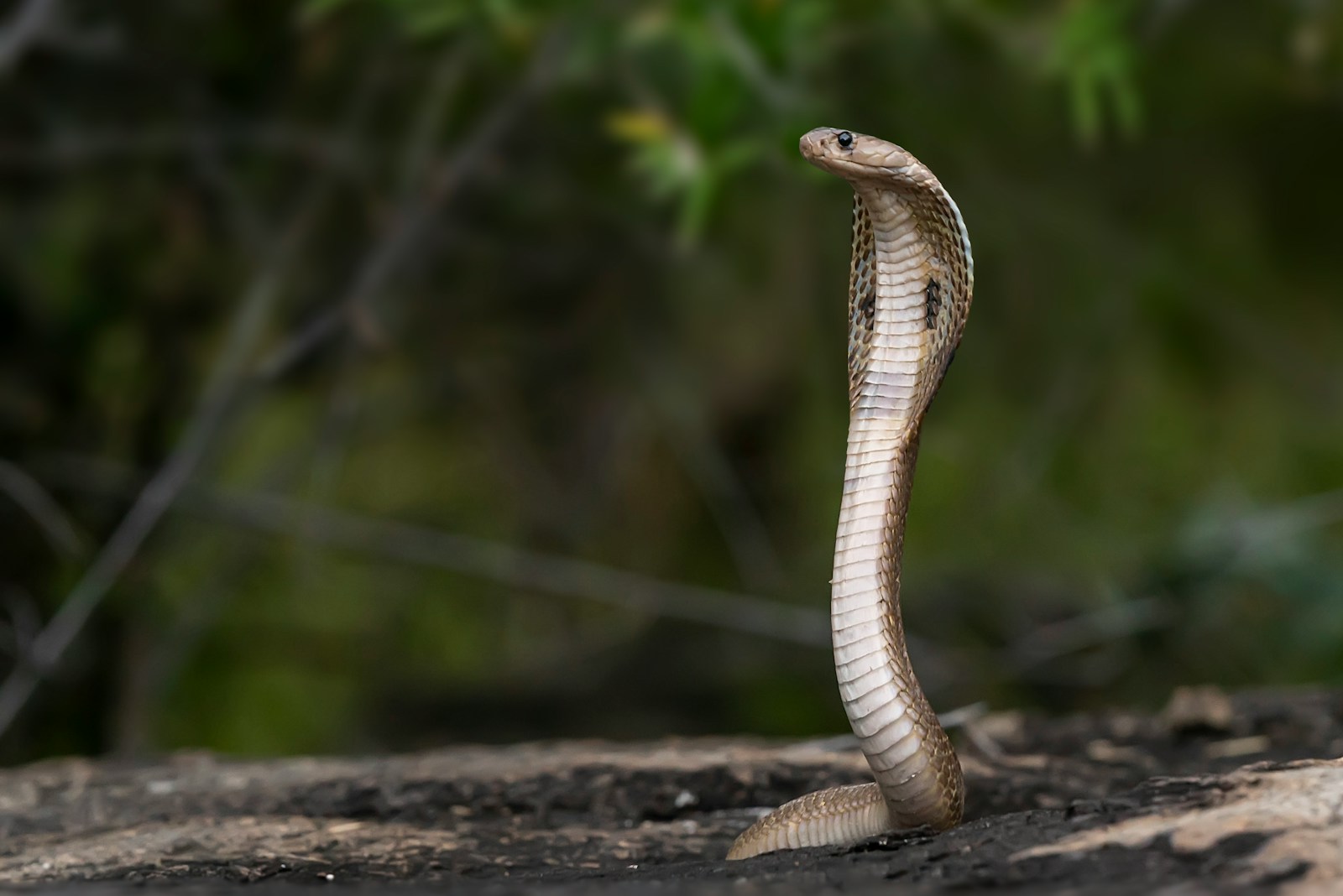
The internal structure of a snake’s head represents an engineering marvel that enables their remarkable feeding abilities across different habitats. Unlike mammals with fused skull bones, snakes possess highly kinetic skulls with multiple points of articulation that permit extreme flexibility during prey consumption. Species that consume large prey items relative to their body size typically show greater skull kinesis and more complex arrangements of cranial ligaments. Habitat-specific adaptations appear in the dentition patterns as well, with aquatic species often possessing rear-facing teeth that help secure slippery prey like fish. Particularly specialized are the hinged teeth of some rear-fanged snakes, which fold back when not in use and deploy during envenomation—a complex mechanical system that varies by habitat and prey type. The entire feeding apparatus, from jaw articulation to tooth structure, reflects adaptations to habitat-specific prey and feeding challenges.
Thermal Sensing and Head Design

Pit vipers and certain boas and pythons possess specialized heat-sensing organs integrated into their head structure that detect infrared radiation with extraordinary sensitivity. These pit organs effectively create a thermal image of the environment, allowing detection of warm-blooded prey even in complete darkness. The size, position, and sensitivity of these organs vary by habitat, with species from different environments showing adaptations to their specific hunting needs. Arboreal pit vipers typically possess more forward-facing pits that enhance three-dimensional thermal mapping in complex canopy environments. Ground-dwelling species often have pits positioned to maximize detection of prey moving across the ground plane. This remarkable sensory adaptation demonstrates how head morphology incorporates not just mechanical functions but sophisticated sensory systems tailored to specific ecological niches.
Conservation Implications of Head Shape Specialization
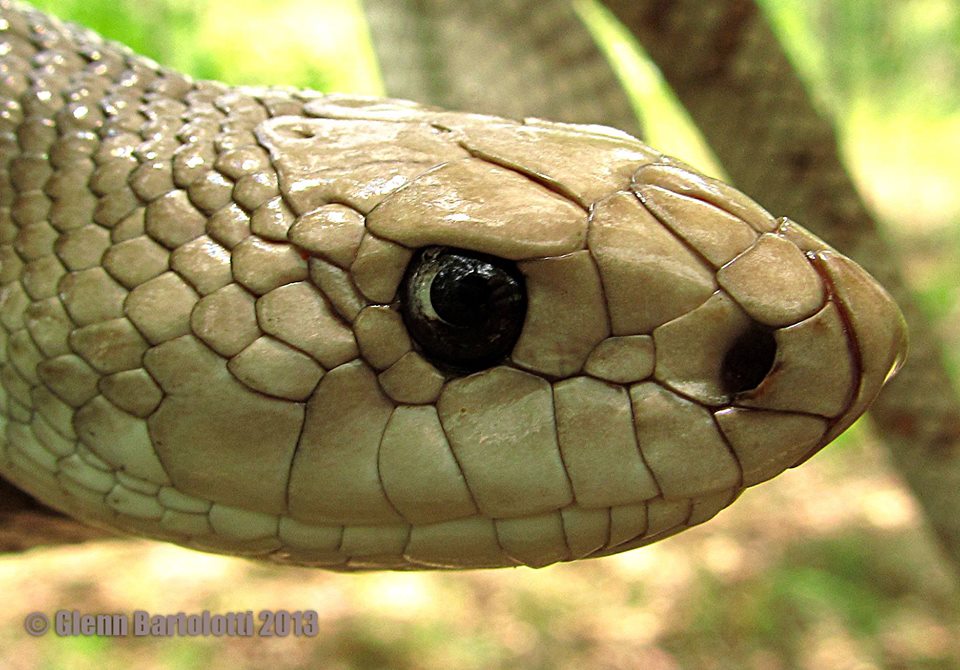
The high degree of head shape specialization in snakes carries significant conservation implications as habitats worldwide face unprecedented changes. Highly specialized species with head morphology adapted to specific microhabitats may be particularly vulnerable to environmental changes that alter their ecological niche. For example, burrowing specialists with shovel-shaped heads may struggle when soil composition changes due to agricultural practices or development. Similarly, aquatic specialists with streamlined heads may face challenges when water bodies are modified or polluted. Understanding these specialized adaptations helps conservation biologists identify which species might be most vulnerable to habitat degradation and climate change. The remarkable diversity of snake head shapes represents not just an evolutionary success story but also a reminder of the importance of preserving the diverse habitats that shaped these specialized adaptations over millions of years.
Conclusion
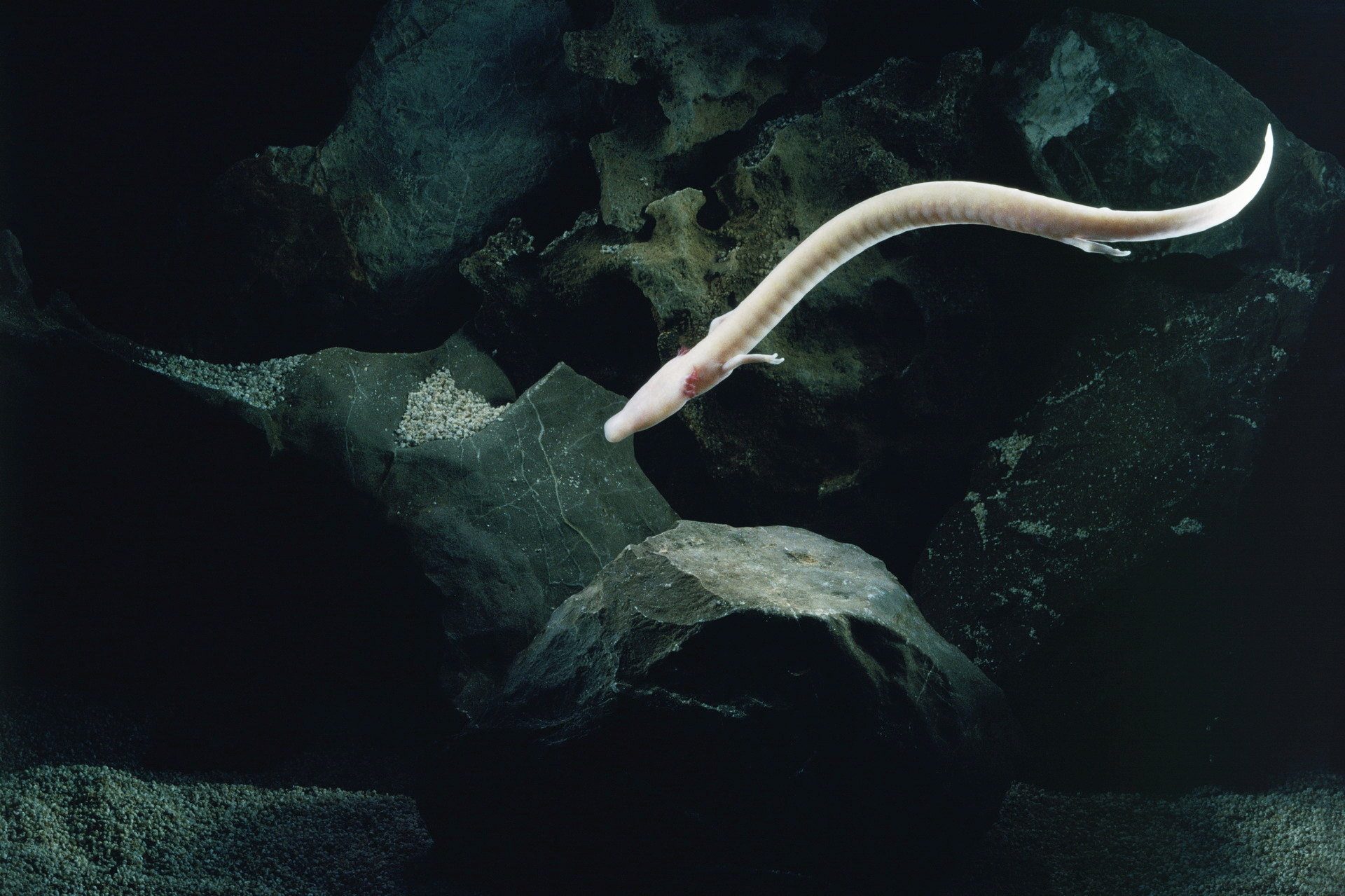
Snake head morphology represents one of nature’s most vivid examples of adaptation to environmental challenges. The remarkable diversity we observe—from the triangular heads of vipers to the streamlined profiles of sea snakes and the specialized structures of burrowing species—illustrates how natural selection shapes form to match function. These variations aren’t merely aesthetic differences but crucial adaptations that determine hunting success, predator avoidance, and ultimately, survival. As we continue to study these fascinating reptiles, the connection between habitat and head shape provides valuable insights into evolutionary processes and the intricate relationship between an animal’s morphology and its ecological niche. This understanding not only deepens our appreciation for these remarkable creatures but also highlights the importance of preserving the diverse habitats that have driven this extraordinary adaptive radiation.

